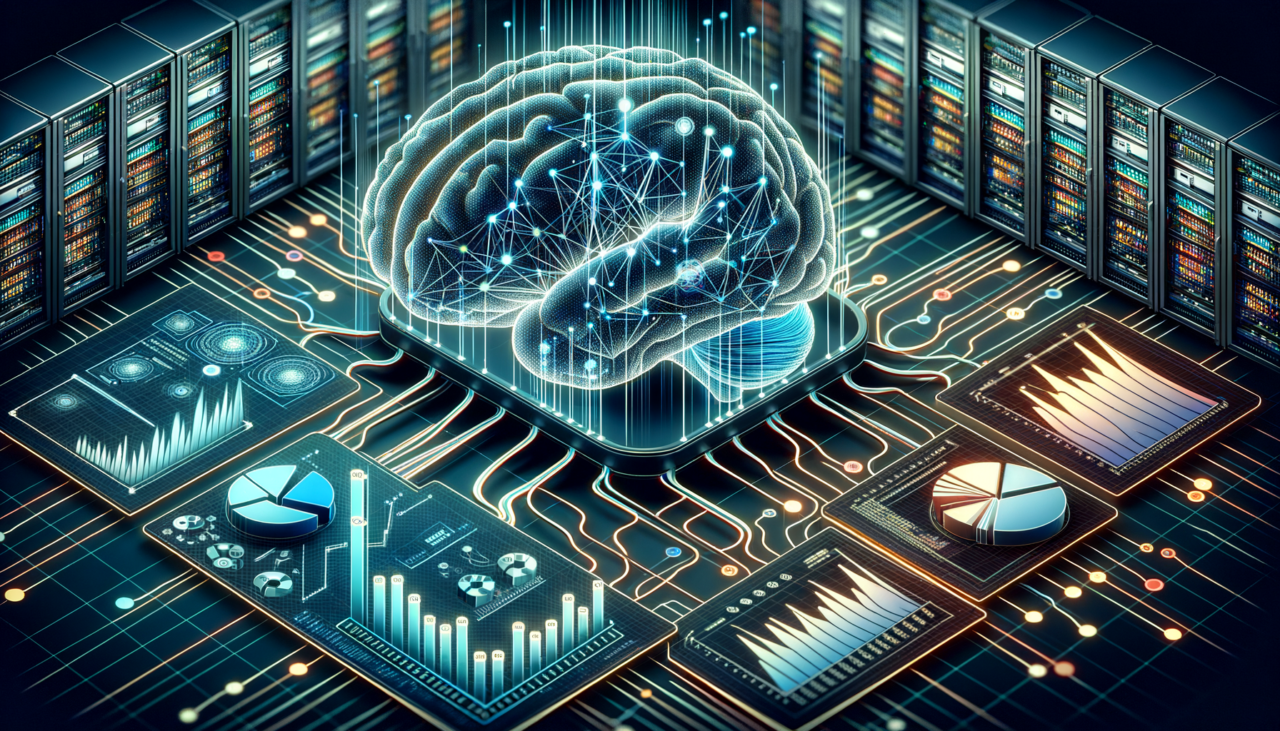Hey there, digital explorer! Have you ever wondered how the Internet magically knows where to take you when you type in a website address? That’s the Domain Name System (DNS) at work, the unsung hero ensuring your memes, videos, and cat pics appear faster than you can say “404 error.” But what if I told you that DNS is getting a tech upgrade with machine learning? Buckle up, because we’re diving into the world of DNS and machine learning, and it’s going to be a thrilling ride!
The DNS Basics: A Quick Recap
Imagine DNS as the Internet’s phonebook. When you type in a website like “www.coolcats.com,” DNS translates that easy-to-remember name into an IP address, like “192.0.2.1,” which is the digital address for servers hosting your beloved cat memes. Without DNS, we’d all be memorizing strings of numbers—a nightmare for anyone who struggles to remember even their own phone number!
Table 1: DNS Components
| Component | Description |
|---|---|
| Domain Name | The human-friendly address (e.g., www.coolcats.com) |
| IP Address | The machine-readable address (e.g., 192.0.2.1) |
| DNS Resolver | The server that initiates the request to find the IP |
| Root Name Server | The first step in translating a domain into an IP address |
| Authoritative Name Server | Provides the actual IP address for the domain |
Enter the World of Machine Learning
Now, let’s add some AI magic to the mix. Machine learning, a subset of artificial intelligence, involves training algorithms to recognize patterns in data. Think of it as teaching a computer to differentiate between a chihuahua and a blueberry muffin—no easy feat!
But how does this relate to DNS? Great question! Machine learning can optimize DNS traffic management in several exciting ways:
-
Predictive Caching: By analyzing past traffic patterns, machine learning models can predict which websites are likely to be requested next, allowing DNS servers to pre-load this information and reduce latency. It’s like having your coffee ready before you even think about needing a caffeine fix.
-
Anomaly Detection: Machine learning algorithms can identify unusual patterns that might indicate a cyber attack or DNS spoofing. Imagine it as a digital guard dog, barking only when something’s truly off.
-
Load Balancing: By predicting traffic surges, machine learning can help distribute loads more effectively across servers, preventing bottlenecks and ensuring your cat videos stream seamlessly.
A Peek Under the Hood: Machine Learning in DNS
Let’s get our hands dirty with some code! Here’s a simple Python snippet that demonstrates how machine learning might help predict DNS queries using a decision tree classifier. This is just the tip of the iceberg, but it gives you an idea of the power of integrating AI with DNS.
from sklearn.tree import DecisionTreeClassifier
import numpy as np
# Sample data: [hour_of_day, day_of_week, query_count]
# Let's pretend these are features affecting DNS query patterns
X = np.array([
[8, 1, 200], # Monday morning
[13, 5, 450], # Friday afternoon
[18, 3, 300], # Wednesday evening
[21, 6, 500] # Saturday night
])
# Labels: 0 for low traffic, 1 for high traffic
y = np.array([0, 1, 0, 1])
# Train a simple decision tree classifier
clf = DecisionTreeClassifier()
clf.fit(X, y)
# Predict traffic for a new time slot
new_query = np.array([[10, 2, 250]]) # Tuesday morning
prediction = clf.predict(new_query)
traffic_status = 'High' if prediction else 'Low'
print(f"Predicted traffic status: {traffic_status}")
The Future of DNS and Machine Learning
As machine learning continues to evolve, its role in optimizing DNS traffic management will only expand. We might see more sophisticated models that not only predict traffic patterns but also adapt in real-time to changing conditions, keeping the Internet running smoother than ever.
Table 2: Benefits of Machine Learning in DNS
| Benefit | Description |
|---|---|
| Reduced Latency | Faster DNS resolution through predictive caching |
| Enhanced Security | Improved detection of anomalies and potential threats |
| Efficient Load Management | Better distribution of traffic to avoid server overloads |
| Adaptive Systems | Real-time adjustments to changing traffic conditions |
In conclusion, by integrating machine learning with DNS, we are not only optimizing traffic management but also paving the way for a smarter, faster, and more secure Internet. Whether you’re streaming a movie, gaming, or just scrolling through memes, rest assured that the future of the web is in good hands—or should I say, good algorithms?
So next time you’re enjoying a seamless online experience, give a little nod to DNS and its new AI-powered pals, working tirelessly behind the scenes. And remember, in the digital world, it’s all about making connections—literally and figuratively!
Happy browsing, tech trailblazer!

Comments (0)
There are no comments here yet, you can be the first!